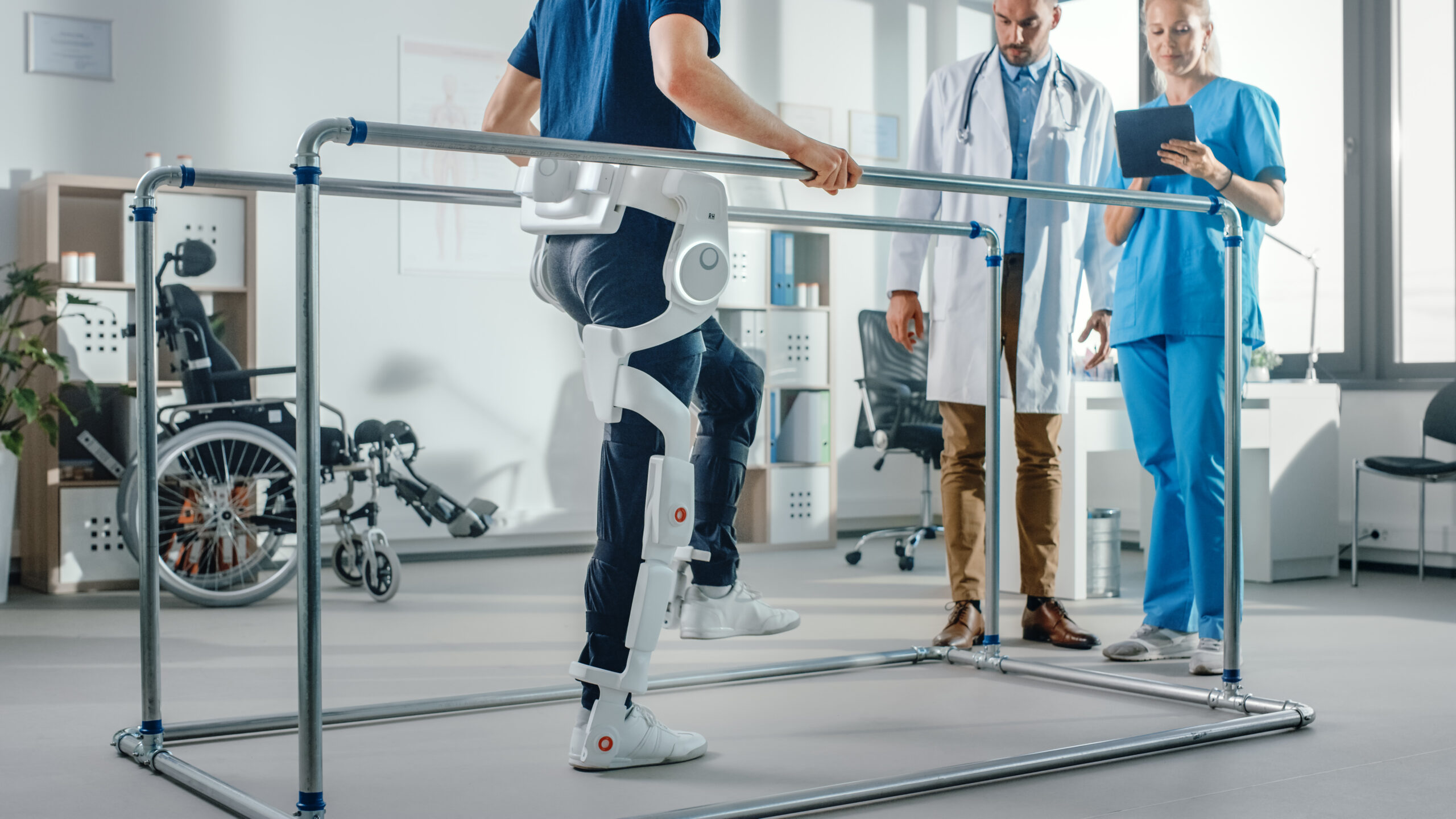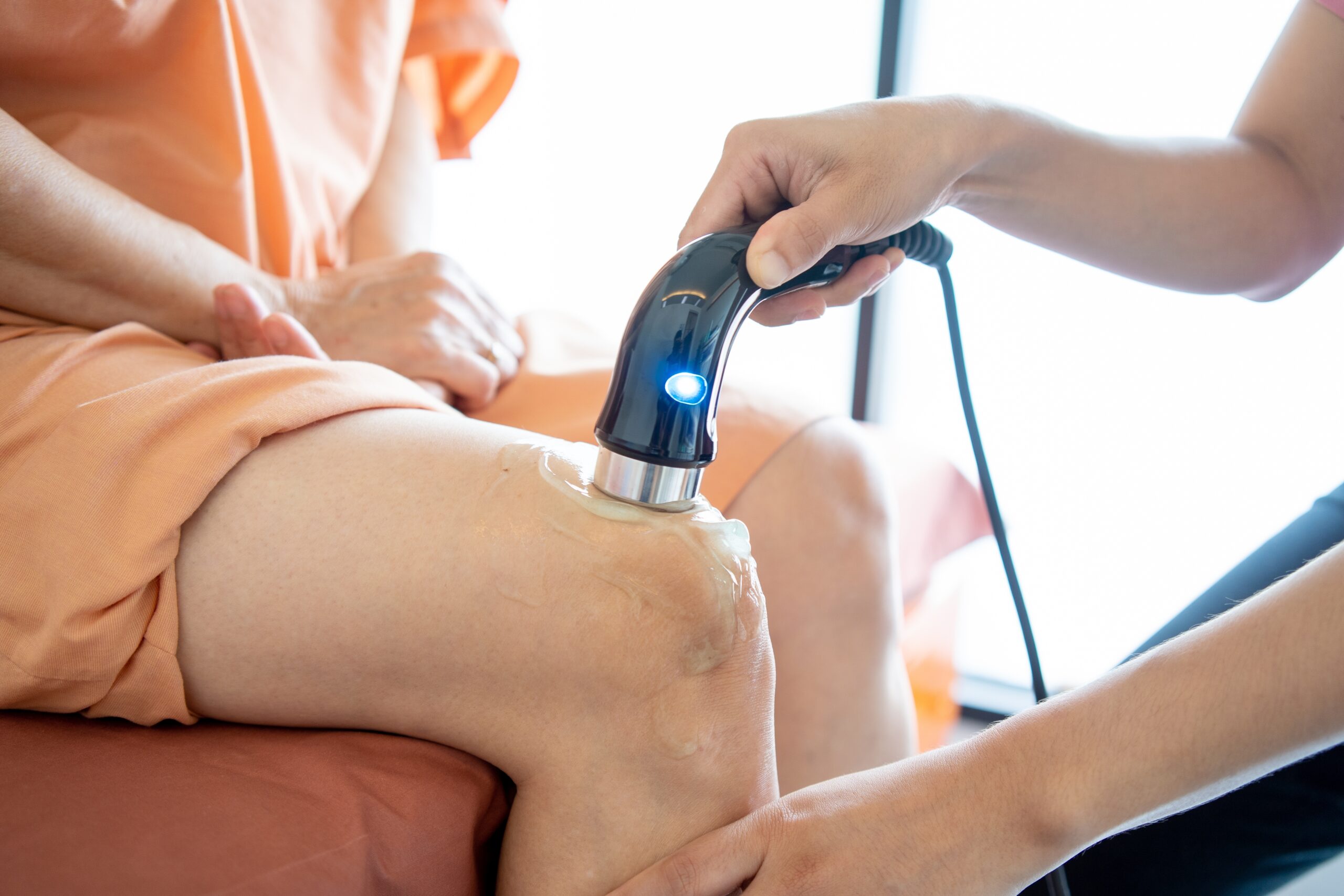Physical therapy aids are indispensable tools that play a pivotal role in facilitating rehabilitation, restoring mobility, and enhancing recovery for individuals coping with injuries, surgeries, or various physical conditions. These aids assist in therapeutic exercises, mobility enhancement, and pain management, contributing significantly to a successful rehabilitation journey. Let’s delve into the significance, types, and benefits of physical therapy aids:
Understanding Physical Therapy Aids
- Purpose and Importance: Physical therapy aids encompass a wide range of tools, equipment, and devices designed to assist in therapeutic exercises, mobility enhancement, and pain relief during rehabilitation.
- Rehabilitation Objectives: These aids support the goals of physical therapy by improving strength, flexibility, mobility, and functionality, aiming for optimal recovery.
Types of Physical Therapy Aids
- Exercise Equipment: Resistance bands, exercise balls, balance boards, and therapy putty facilitate strength training, flexibility, and balance exercises.
- Assistive Devices: Mobility aids such as walkers, canes, crutches, and wheelchairs aid individuals in movement and weight-bearing exercises.
- Modalities and Therapeutic Tools: TENS units, cold packs, heat pads, ultrasound machines, and traction devices assist in pain management and tissue healing.
Benefits and Functions
- Improved Range of Motion: These aids assist in exercises aimed at increasing flexibility, improving joint mobility, and restoring functional movement.
- Enhanced Strength and Endurance: Exercise equipment aids in building muscle strength, improving endurance, and facilitating better overall physical conditioning.
- Pain Management: Modalities and therapeutic tools provide relief from pain, reduce inflammation, and promote healing of injured tissues.
Selecting the Right Physical Therapy Aids
- Physical Therapy Assessment: Healthcare professionals conduct assessments to determine individual needs and recommend suitable aids for specific rehabilitation goals.
- Customization and Progression: Aids are customized to individual abilities and gradually progressed to challenge and improve functional capabilities.
Integrating Aids into Rehabilitation
- Guided Usage: Trained therapists provide instructions on the proper use of aids and supervise exercises to ensure safety and effectiveness.
- Consistency and Compliance: Adhering to prescribed exercises and using aids regularly is crucial for achieving rehabilitation goals and maximizing outcomes.
Empowering Recovery Journey
- Patient Education: Understanding the purpose and correct usage of physical therapy aids empowers individuals to actively participate in their recovery process.
- Support and Motivation: Encouragement from therapists, family, and peers fosters motivation and commitment to the rehabilitation program.
Conclusion
Physical therapy aids are integral companions in the rehabilitation journey, supporting individuals in their quest for recovery, mobility, and improved functionality. By facilitating therapeutic exercises, enhancing mobility, managing pain, and restoring strength, these aids empower individuals to regain independence and resume daily activities. Through guidance, consistency, and utilization of appropriate aids, individuals undergoing rehabilitation can progress steadily towards achieving their rehabilitation goals, fostering a sense of achievement and restored well-being on their path to recovery.








